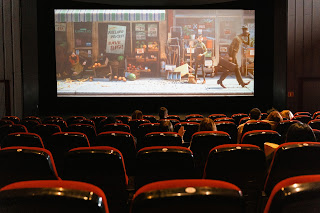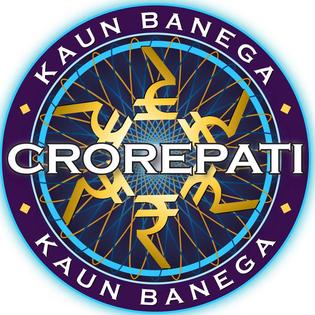The Limits of Logic in Films
While logic plays a critical role in shaping the narrative structure of films, there are also limits to what logic can achieve in the medium. In this chapter, we explore the ways in which logic can be limited in film narratives and how filmmakers must work within these limitations to create effective storytelling.
One of the limitations of logic in film is the challenge of depicting subjective experiences. Human experiences are often subjective, and logic may not always be the most effective way to convey these experiences on screen. For example, emotions such as love, grief, and longing are difficult to depict solely through logical means. Filmmakers must instead rely on more sensory methods, such as music, lighting, and imagery, to capture the emotional essence of these experiences.
Another limitation of logic in film is the challenge of depicting the complexities of human relationships. Relationships between characters are often nuanced and multifaceted, and logic may not always be able to capture the depth of these connections. Filmmakers must use other techniques, such as dialogue and body language, to convey the intricacies of these relationships to audiences.
In addition, logic can be limited in its ability to depict the irrational and the supernatural. These concepts may not always follow logical rules, and filmmakers must use other means, such as symbolism and metaphor, to convey their meaning on screen. For example, dreams and hallucinations may not follow logical rules, but they can be powerful storytelling devices when used effectively.
Furthermore, logic can be limited in its ability to depict the full range of human experience. Some aspects of the human experience may be difficult or impossible to capture through logical means. For example, the experience of being lost in thought or lost in nature may be difficult to convey through logic alone.
Finally, logic can be limited in its ability to depict the unknown and the mysterious. The unknown and the mysterious may not follow logical rules, and filmmakers must use other means, such as atmosphere and tone, to create a sense of mystery and intrigue on screen.
In conclusion, while logic is a critical element of narrative structure in films, it also has its limitations. Filmmakers must work within these limitations to create effective storytelling, using a range of techniques to capture the full breadth of human experience on screen. By doing so, they can create films that resonate with audiences on a deeper level and leave lasting impressions on their viewers.






0 Comments